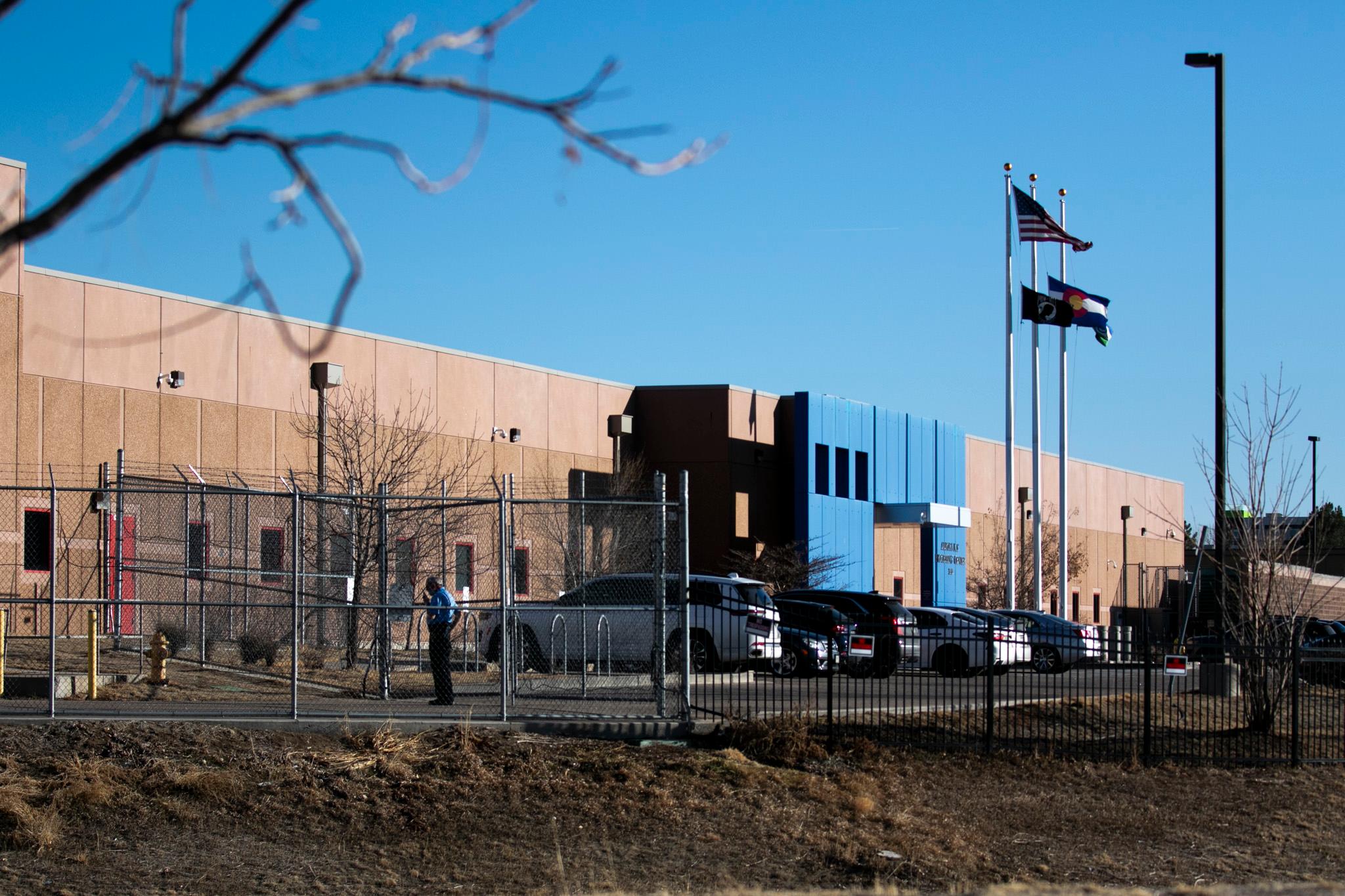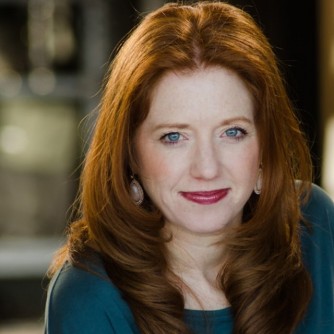
There's a special attraction at the Peak Pediatrics office in Wheat Ridge. It's a toy train that runs on wooden tracks high on the wall in the hallway that leads to exam rooms.
"My son gets very upset if the train is not going," says Nina Martinez, who has three kids who are patients of the physician who runs the clinic, Dr. Brian Gablehouse.
Her children, like the majority of those in Gablehouse's practice, are on Medicaid. Gablehouse himself is troubled about a big change potentially coming down the tracks. It's a significant cut to the rate doctors like him are reimbursed for seeing Medicaid patients.
Colorado’s economy is strong and revenues are rising. But due to a voter-approved limit on taxes, known as TABOR, the budget remains tight. The state is set reimburse taxpayers at least $191 million next year. This week, lawmakers will consider slashing budgets to meet that challenge. That includes payments to primary care doctors serving clients on Medicaid -- the public health insurance program for low-income Coloradans who qualify. It's jointly administered by the state and federal governments.
Gov. John Hickenlooper has sounded frustrated with the situation.
“One of the legislators referred to it as death by a thousand cuts. We’ve had to cut everything," said Hickenlooper, a Democrat. "When you’ve got a gap of $373 million you don’t have a lot of choices.”
One of those choices includes a 23 percent cut in Medicaid reimbursement rates to primary care doctors.
“The numbers are pretty staggering," says Democratic state Sen. Pat Steadman, of Denver. He serves on the Joint Budget Committee, the powerful group that makes budget decisions.
“It’s not a small amount of money and we’re in a real tight budget situation this year because of provisions in our state constitution," Steadman said. "This is one of the things that’s on the chopping block.”
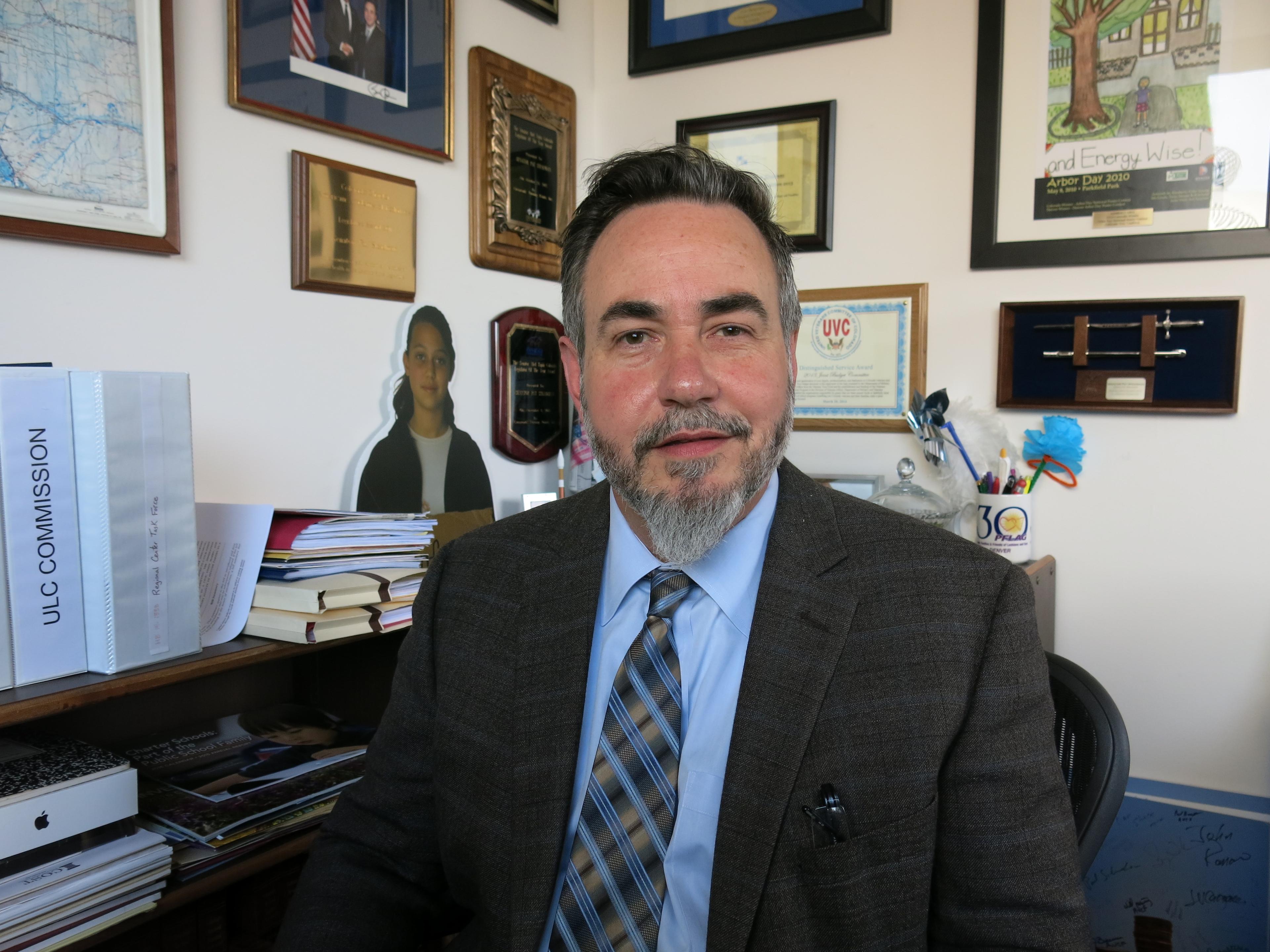
And it’s not just state money on the chopping block. The federal government kicks in Medicaid money as well, matching funds tied to whatever the state puts in. So while the governor’s budget proposal chops $49 million, Steadman says the total loss to primary care physicians will be triple that.
“It has folks pretty alarmed about whether or not primary care physicians will want to continue to participate in the Medicaid program or to what extent they’ll participate when the reimbursement rates have been cut so low," said Steadman.
That includes physicians like Gablehouse, who owns and operates a pair of pediatric clinics in Wheat Ridge and Thornton.
“When the [Affordable Care Act] came out in 2012, I think it went not all the way but went a fair amount of the way to correct the payment imbalances that make it very difficult for a private practice without federal funds to care for these kids," said Gablehouse.
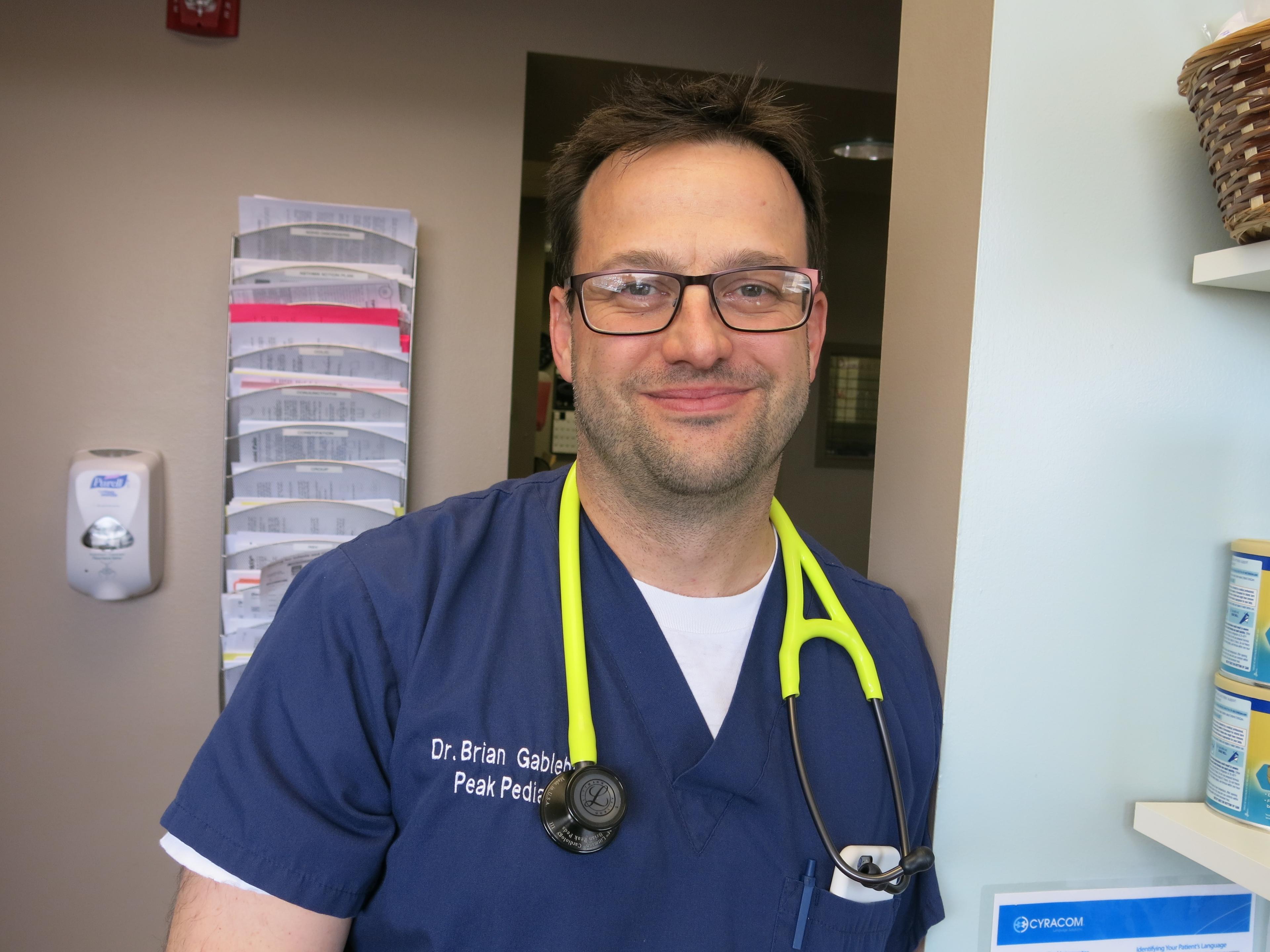
Historically, Medicaid has reimbursed doctors at rates well below private insurance. With the expansion and extra funding for the program under the ACA, Gablehouse’s Medicaid patients doubled to more than two thirds of his practice.
“Those additional funds certainly have allowed our practice to expand the amount of kids that we help," said Gablehouse. But it's also "allowed us to expand the specific services, care coordination, behavioral health, and the other things that we provide to these kids.”
Across the state the number of kids without insurance is now just 5 percent, according to the 2016 Colorado Health Report Card. (Full disclosure: the report card is issued by the Colorado Health Foundation, which funds health coverage on Colorado Public Radio.) Gablehouse worries about the consequences if the governor’s proposed Medicaid cuts go ahead.
“I think it will undo what has honestly been pretty tremendous progress in the last two years," said Gablehouse.
He says fewer doctors will take Medicaid patients if reimbursement rates are cut, and more families will need to turn to the ER.
“I think they’ll get far more inferior care and at a much greater cost than what we’re currently paying for," Gablehouse said.
Nina Martinez recently brought in her two youngest children for checkups with Gablehouse. She said her husband has worked as a grounds keeper and is currently working at a gas station, and that Medicaid is a lifesaver for her family.
“It’s not that we don’t have jobs, it’s not that we’re not trying to make a living, it’s just that I’ve got three kids. I’ve got rent. We’re already down to one car because we can’t afford the other one," said Martinez. "It’s not that we’re just not trying. It’s some people just need help.”
Other people watching and worrying include those serving rural clinics and hospitals.
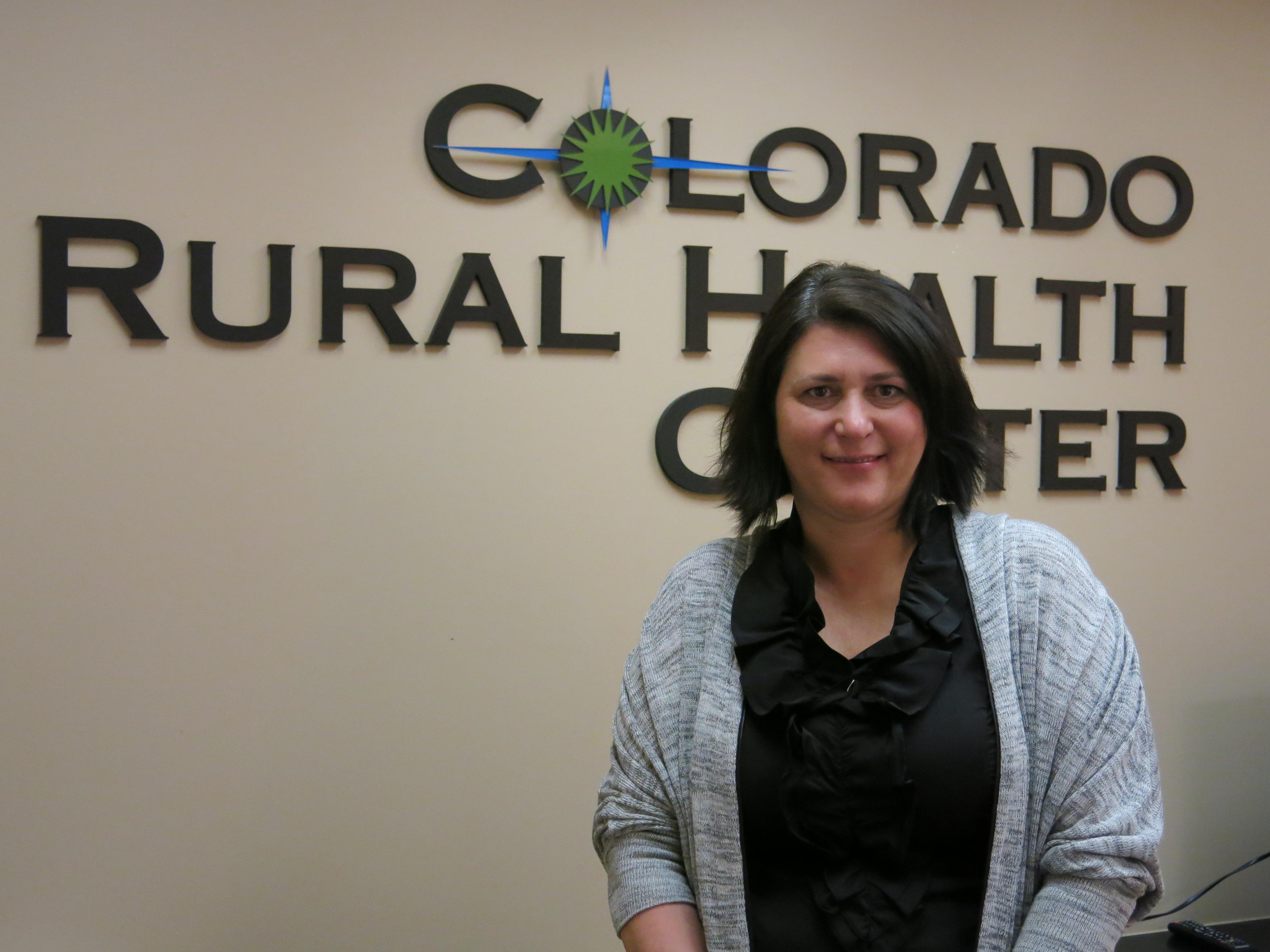
“Those folks are going to get hit very hard," said Michelle Mills, CEO of the Colorado Rural Health Center. She says in the state's rural counties, between 30 and 70 percent of residents are enrolled in Medicaid. On top of that, the clinic or hospital is often the biggest employer in many small towns. Mills says many of them are struggling to stay afloat and a cut to the reimbursement rate could force some to close their doors.
“If this rate goes back down, people are going to lose access to care in our communities," Mills said. "That’s a tragedy.”
"The implications are great if that cut goes through," said Glenn Madrid, the president of the Colorado Academy of Family Physicians. He's a family physician in Grand Junction whose practice employs about 300 people. He says the cuts would be felt by "front line primary care" doctors who accept Medicaid: family physicians, internal medicine physicians, as well as pediatricians. "That physician runs a business, they have employees and that certainly has significant economic impact on the community," Madrid said.
With the expansion of Medicaid, the number of new Colorado Medicaid patients jumped by almost a quarter of million people in 2014, topping a million enrollees in the Colorado. Since then it's continued to grow to 1.3 million, a figure that represents roughly a fifth of the state's population. For now, the federal government is paying 100 percent of that expansion, a figure set to be reduced to 90 percent by 2020.
At the state Capitol, a sign on the door state Rep. Bob Rankin, whose district includes Garfield Moffat and Rio Blanco counties. bears the sign, “The Light At the End of the Tunnel Has Been Turned Off Due to Budget Cuts.” A Republican on the bipartisan Joint Budget Committee, he voted against expanding Medicaid in Colorado, like many in his party. Today he is not in favor of the governor's proposed cuts to the state’s Medicaid reimbursement rate.
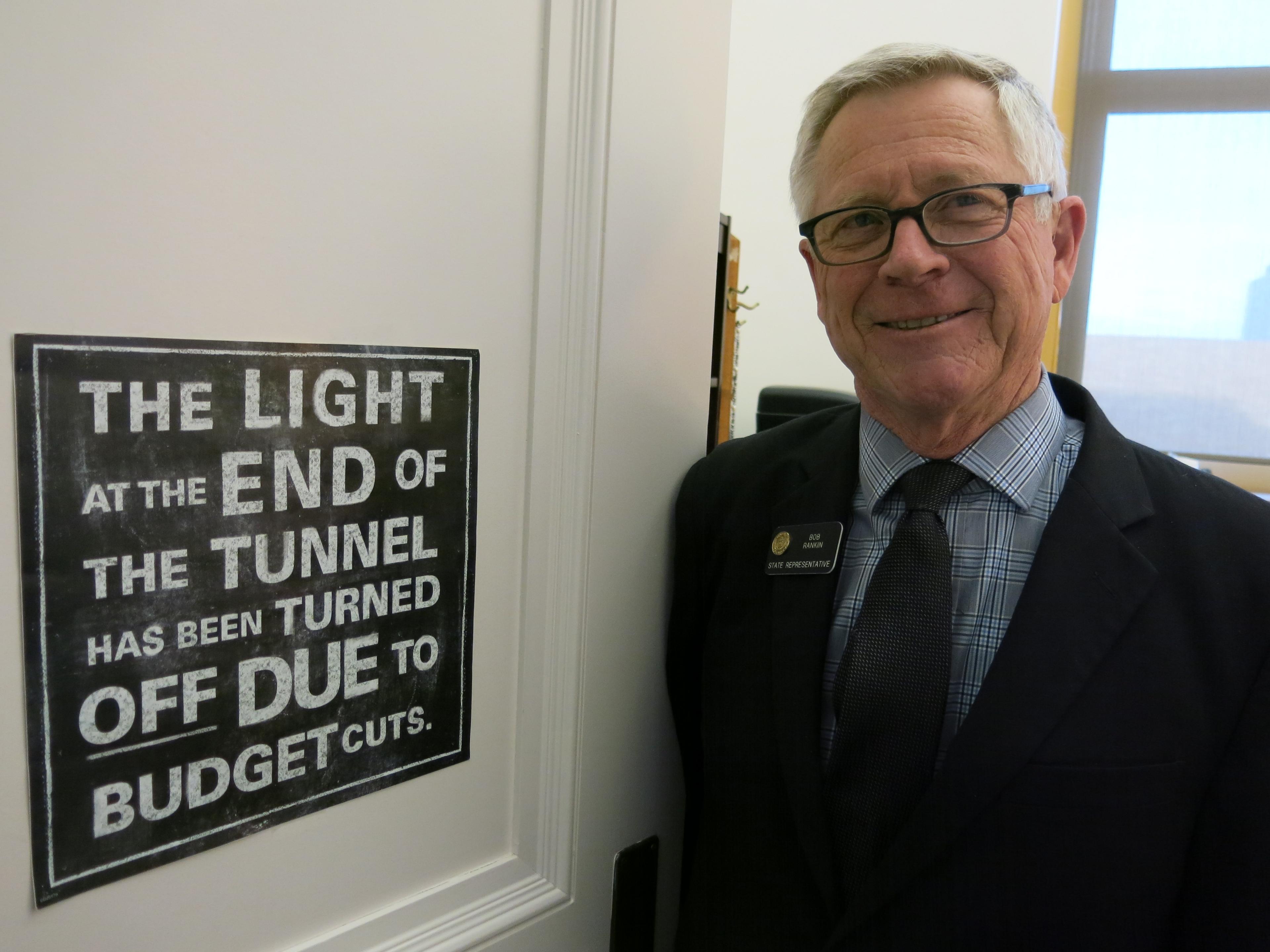
“It never was envisioned that we were going to support 20 percent of our people on Medicaid when we set the limits for the growth of state government," Rankin said. "So we made all these promises, we got to keep them.”
He says he knows many people in his rural district, many across the state, now rely on the program.
“We have to find a way out of this. We have to find a way to pay for the promises we made," said Rankin. He says education and the state's contribution to Medicaid and other healthcare costs are the two biggest parts of the state's budget. He worries that growth in spending in both will eventually squeeze out other key priorities.
"We need to build some roads, don't we? Do some other things," Rankin said.
According to the Colorado Health Institute, Medicaid's share of the state's general fund has increased from 17.1 percent in 1999-2000 to 24.4 percent in the state's projected budget for 2016-17.
The challenges of Medicaid funding are also tied in to the current stalemate over something called the hospital provider fee. The program brings in hundreds of millions of dollars from hospitals based on patient revenue, but the fund is now subject to tax limits under the Taxpayer Bill of Rights, or TABOR. The governor wants to convert the fee to an enterprise fund, which is exempt from TABOR. So far, Republicans, who control the state Senate, have refused, wanting instead for taxpayers to get expected refunds.
If a resolution on the provider fee can be worked out "that solves a lot of budget problems, not just this one," said Sen. Pat Steadman. Highlighting the difference between the two parties, Rankin, his Republican colleague on the Joint Budget Committee, doesn't agree.
"I think we can balance the budget without the hospital provider fee this year," said Rankin. "Which means we put off the political fight, right?"
So the state is between a rock and a hard place. It may have collected enough revenue to avoid massive cuts, but under the voter-approved constitutional amendment, TABOR, that revenue will instead go back to the people in tax refunds: an average of $58 per person in 2017, according to the latest projections from the Office of State Planning and Budget.




